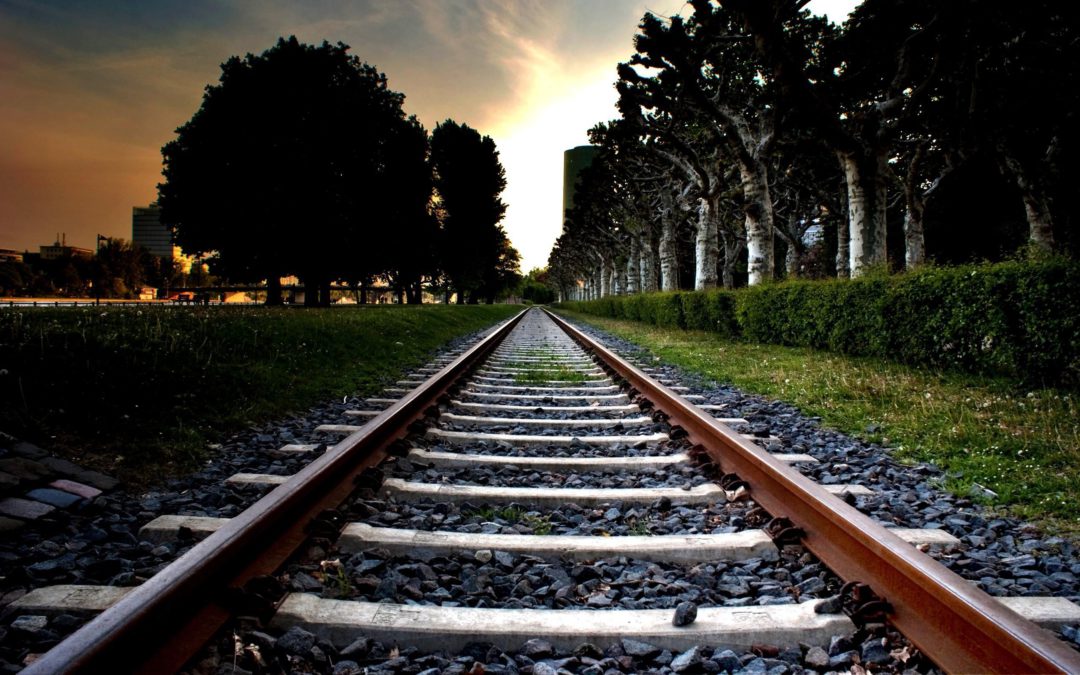Introduction
Some people may be surprised to learn that railway tracks may be reused in a variety of ways, but those who know how important steel has been in the construction of railroad track realise that this is some of the strongest steel available.
Railway tracks weren’t always made of steel, and in some cases, they weren’t even made of metal. The earliest railroad tracks were built of wood, but they were shortly changed due to their unreliability. Wooden tracks were occasionally coated with iron, but that, too, was quickly abandoned in favour of steel.
Even though steel railway tracks have been in use since the 1870s, the procedures for refining and manufacturing the steel have improved with time. You may come across three different types of steel railway tracks.
Carbon steel
The majority of modern railway rails are built of 1084 or higher hot rolled steel. This is a medium carbon steel that is manufactured by rolling rail steel with natural iron ore. This produces steel with a carbon content of.7% to.8% and a manganese content of 07.5% to 1%, which can withstand more abuse than rolled steel alone.
While this is the most frequent combination, various steels may contain more or fewer of these components. The stronger the steel after forging, the more carbon and manganese added to the iron ore.
Carbon steel rails are the most prevalent type of railway track that is found and reused. Carbon steel was the next logical step in the upgrading process, and it is now widely used. When forging new things, it is also one of the easiest steels to work with.
Alloy steel
Stronger steel rail is required for railroad rails that must carry more weight or run at higher speeds. Some alloys, such as titanium, chromium, tin, and vanadium, can give steel rails a lot of hardness and strength.
Despite the fact that alloy steel can take many forms depending on the elements added, all steel alloys are created in the same way. Following the addition of the elements to the natural iron ore, the entire piece is rolled with steel as usual to produce a stronger and more tensile track.
Steel that has been heat treated can be carbon or alloy.
The way heat treated steel rails are forged, rather than the composition of the steel, is what distinguishes them. By heating and managing the cooling of hot-rolled steel, carbon steel, steel alloys, and 1084 steel are strengthened and hardened
Contact Us for any Steel related product queries


Recent Comments